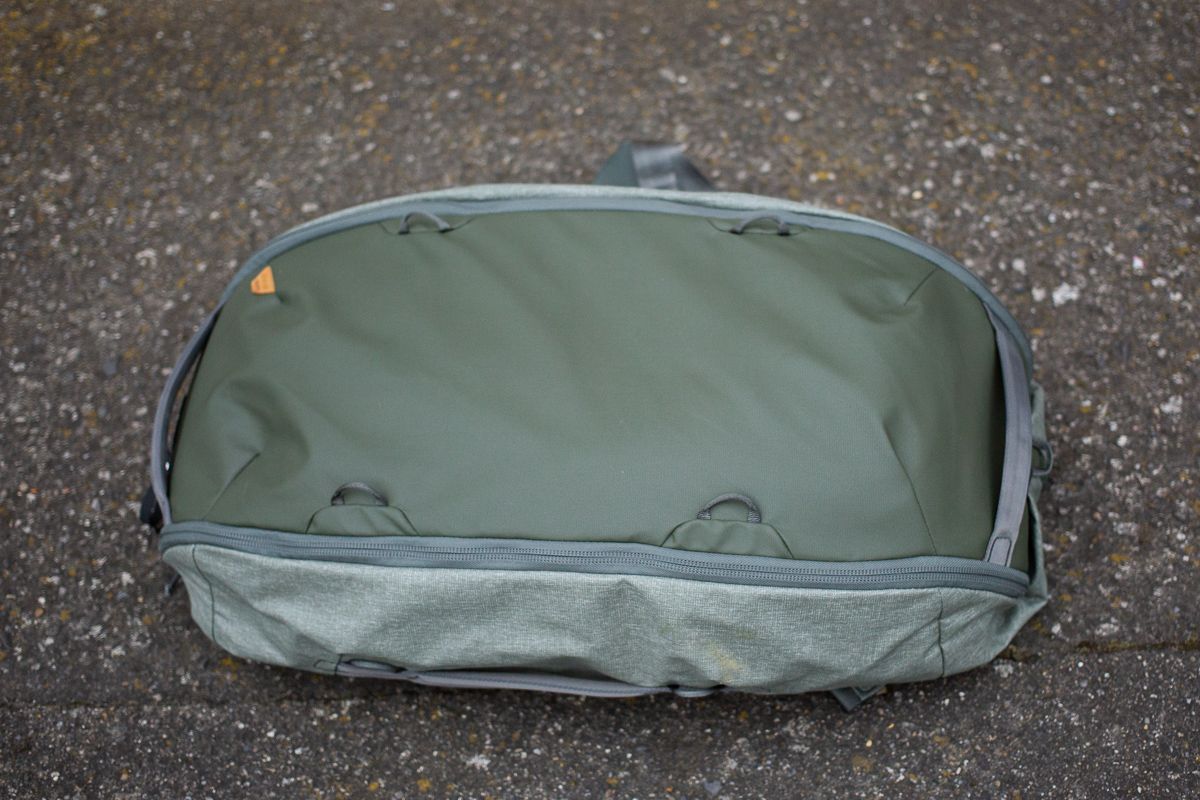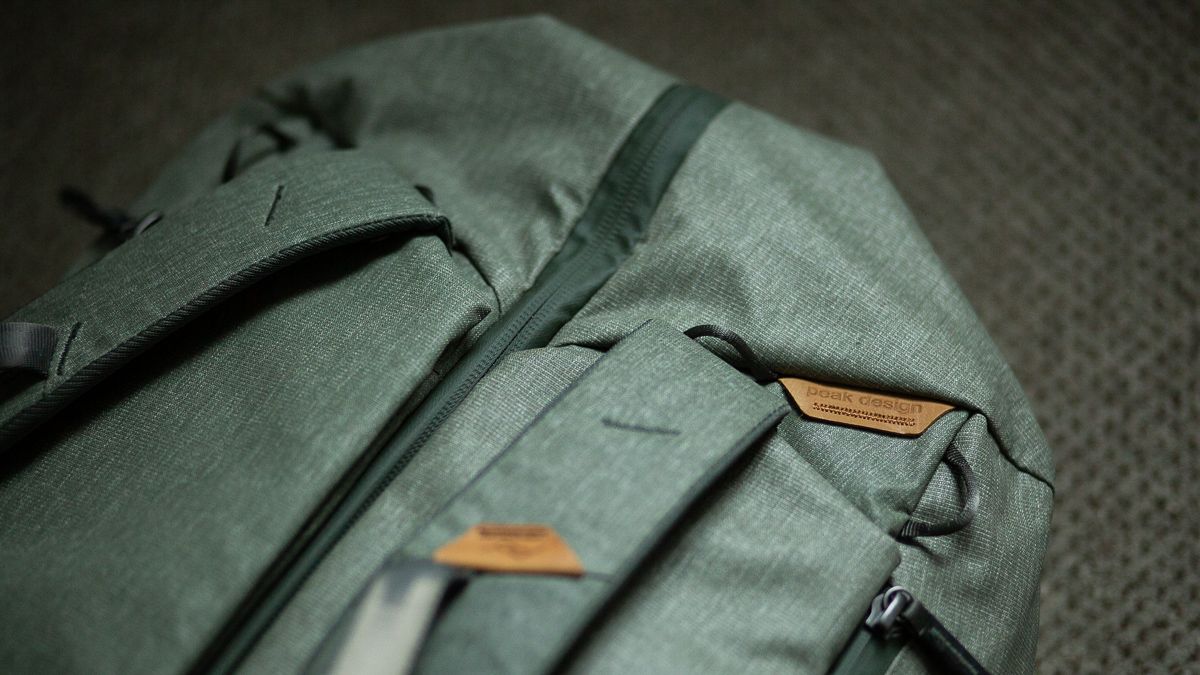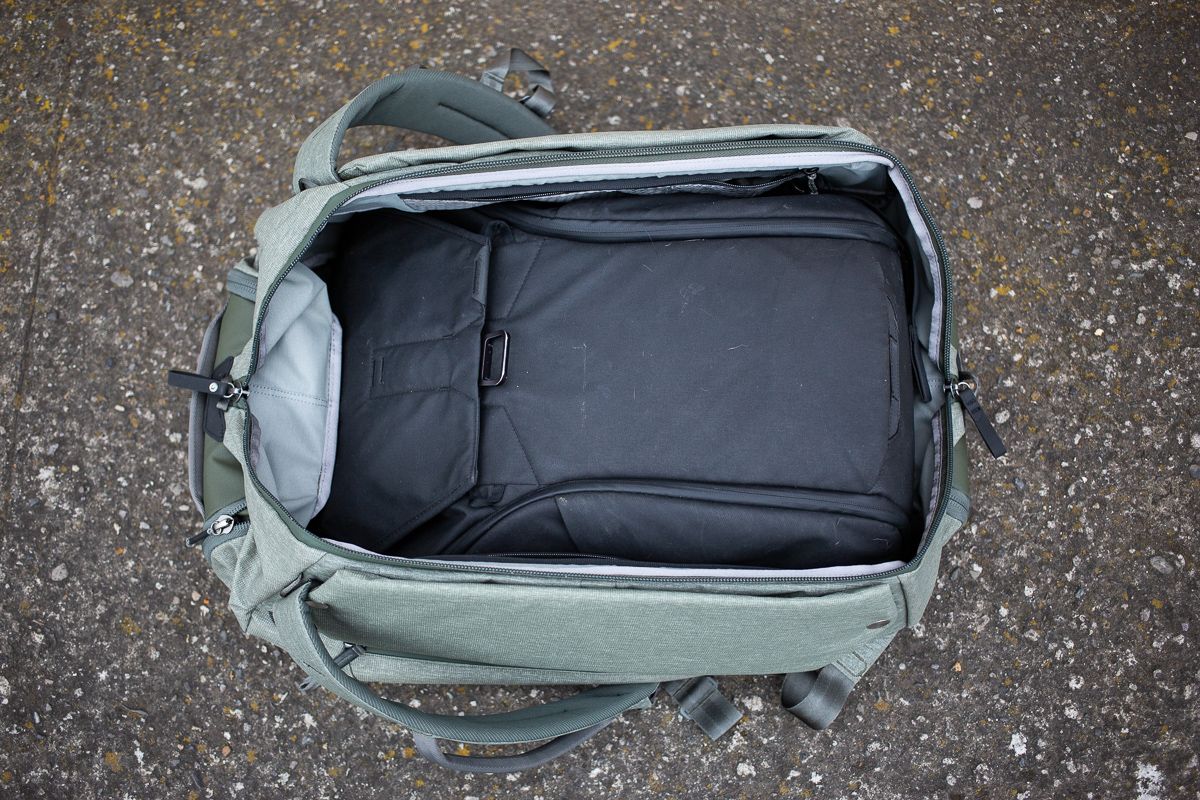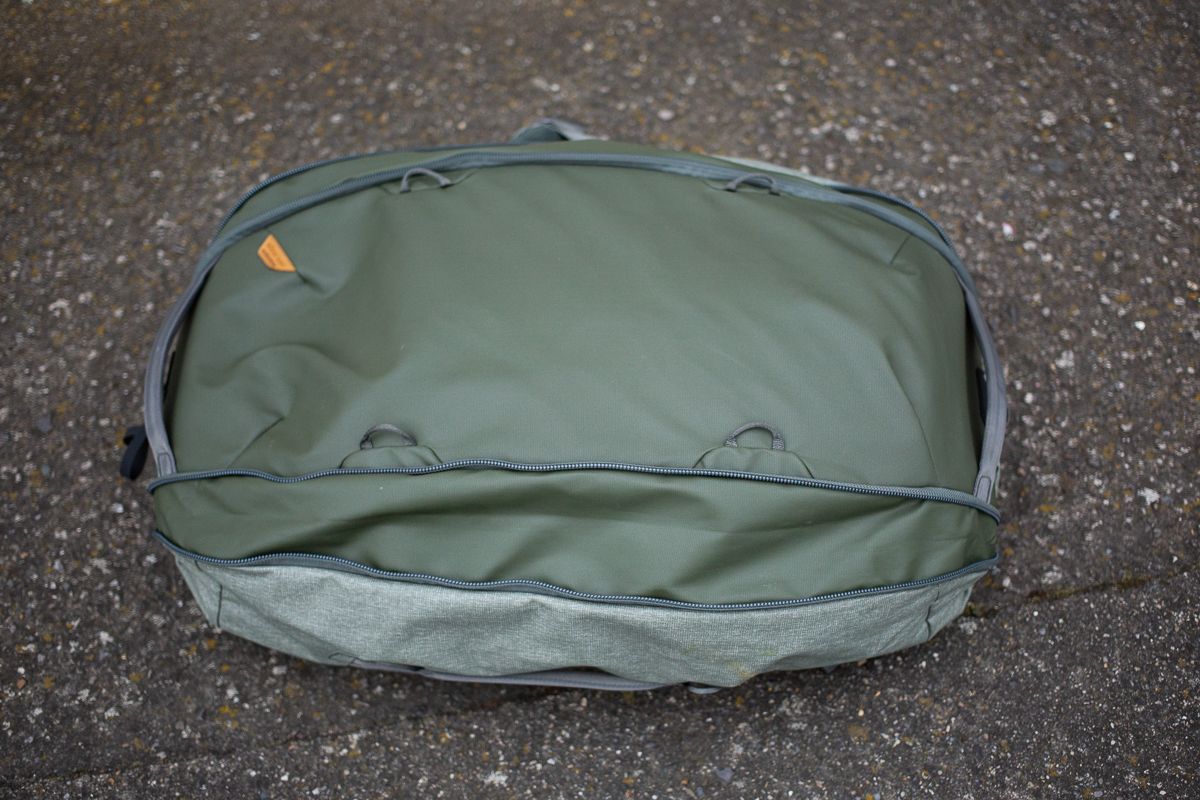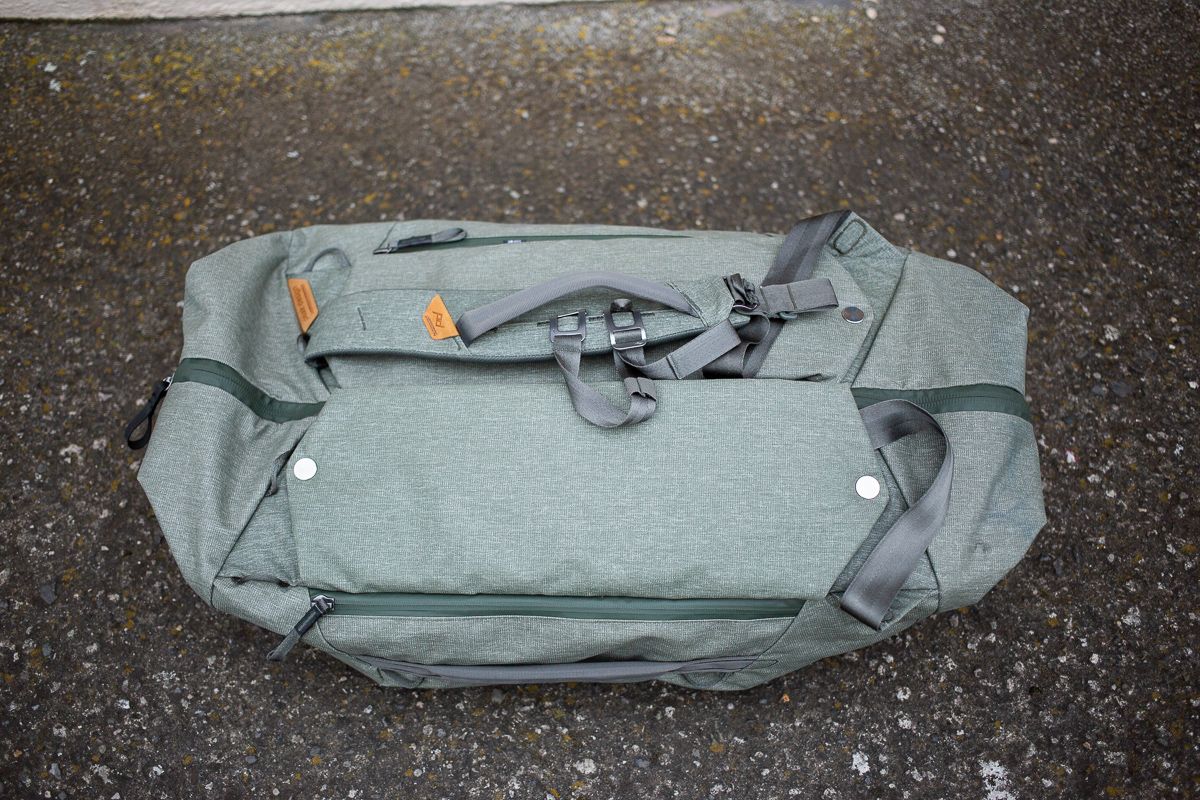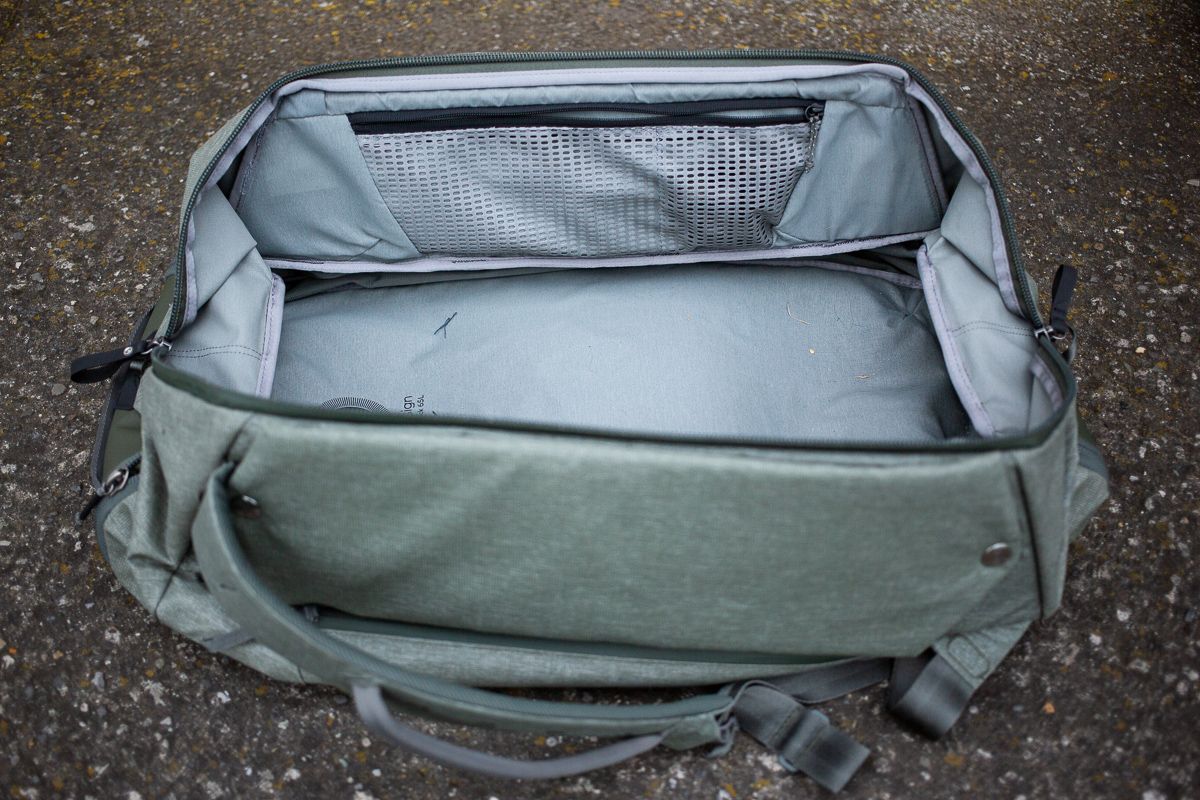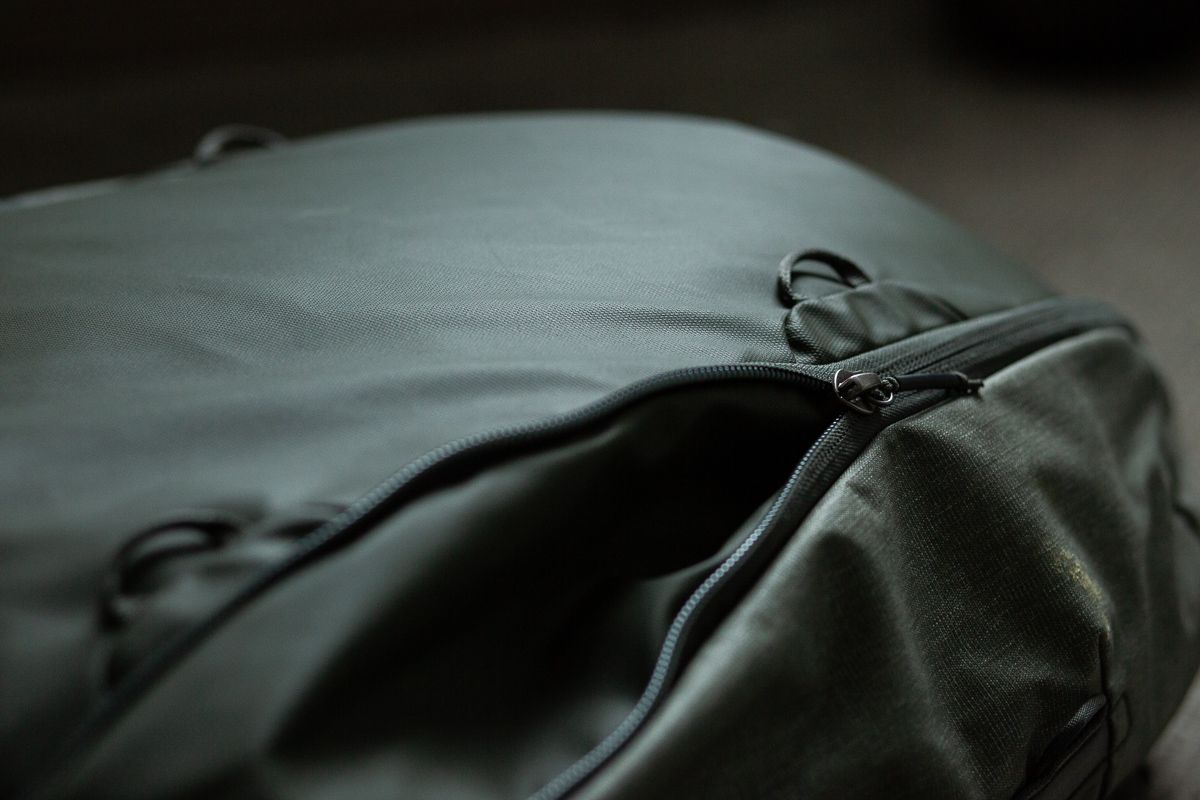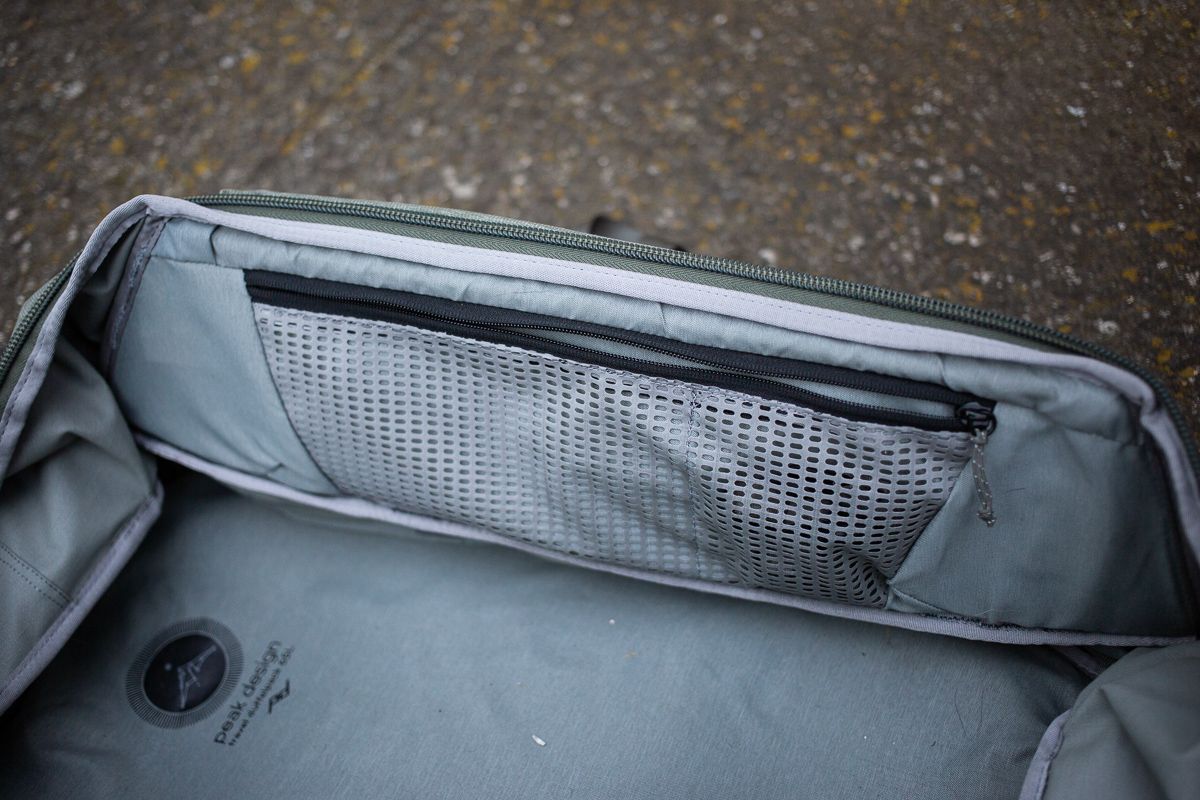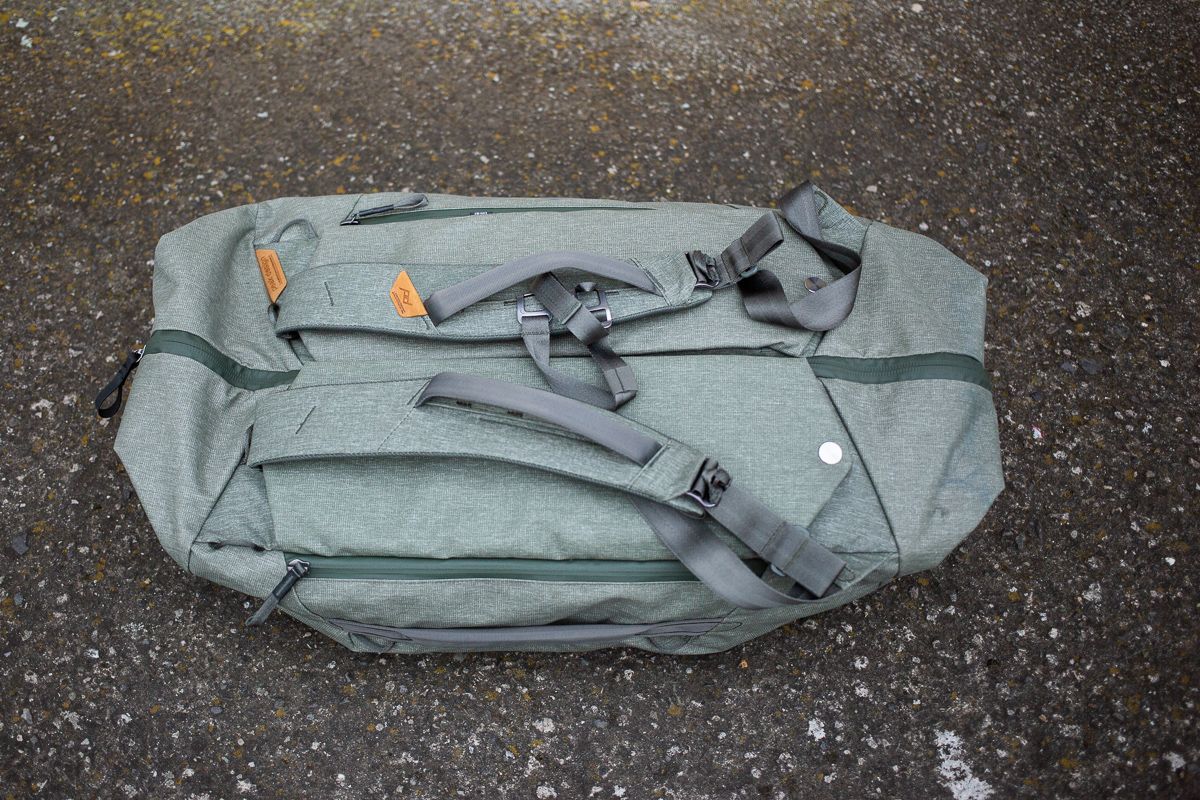We’re big fans of Peak Design’s bags here at Review Geek, so we were keen to take a look at its new monster gear-hauling 65-liter Travel Duffelpack ($220). I’ve been lugging it around for the last month and I’ve taken it on planes, trains, and automobiles. Here’s what I think of it.
Defined By Its Size
The 65L Duffelpack (a word invented by Peak Design to describe a big duffel-like bag that carries like a backpack) is a big bag. It is not something that you’ll easily sneak on to an airplane as carry-on or want to use as your go-to everyday bag—it just has too much bulk capacity.
Instead, it’s for when you need to haul about a lot of gear, whether that means taking your cookbook collection to your girlfriend’s new apartment (#realworldtesting) or heading off on a ski weekend. It would work as a gym bag for something with a fair bit of kit like Brazilian jiu-jitsu, but generally speaking, this is a bag for when you need to carry a lot of stuff on an occasional basis.
Handily, the Duffelpack’s standard capacity is actually 45 liters which keeps it a more manageable size when you’re not carrying crazy amounts of stuff. By keeping the full-size optional, Peak Design has made the bag a lot more versatile. Leave the bag at its smaller size and, if you go off on a week away, you won’t have a lot of empty space. On the other hand, if you need to bring a lot of cold weather gear, unzip the two expansion zips on the sides and you get that extra 20 liters of storage capacity. This is what takes it from a merely big bag to a monster.
But the Duffelpack’s size doesn’t come without its quirks. Depending on what you’re packing, the Duffelpack can get heavy quickly. It’s easy to fit well over 50 pounds of stuff into its 60 liters. We’ll look at how it carries properly in a moment but it’s worth noting for now that if you’re looking to carry weighty equipment, you could easily overpack the bag beyond your ability to use it.
At the other end of things, 65 liters is big for a backpack, but it’s significantly smaller than many non-carry-on drag-along suitcases. A medium one of those starts at around 80 liters and they can go up to over 140 liters. I had no problem traveling with the Duffelpack but I was packing for just me (and had a separate bag for my skis and ski boots). Two people could live out of it for a sun holiday, but your entire family’s ski wardrobe is unlikely to fit. I think it’s a great size for one person traveling with a gear-heavy hobby, but it’s certainly not the biggest bag you can fit on a plane.
Luggable Luggage
The Duffelpack’s big selling point is that it carries like a backpack but packs (and unpacks) as easily as a duffel or suitcase. You can get hiking backpacks that will carry better but getting your gear in and out is a chore. Similarly, you can get bigger roller suitcases—but they can’t be comfortably carried on your back. So, does it work as claimed?
The Duffelpack has two shoulder straps, a waist belt, and a sternum strap. So far, so backpack. But it has a double zip that runs the entire length of the bag and is designed to sit open giving you easy access into the entire bag. Like a duffel. In this sense, it really works as expected—just with a few caveats.
The Duffelpack is unstructured. It opens into a cavernous hole to throw your gear into; there’s no frame that makes it keep its shape when you carry it. The straps are riveted onto the soft sides of the bag (although they can stow away behind two magnetic panels, a bit of a Peak Design hallmark). This means you have to be quite careful with how you pack the bag as it’s easy to end up with an unevenly weighted, lumpy load that digs into your back.
However, no matter how uneven or lumpy, it is much easier to carry than a suitcase. I was very glad for the backpack straps when walking over snow and ice, and navigating French train stations last month. It wouldn’t have been comfortable to carry fully loaded on a long backpacking trip, but it isn’t really meant to be. It’s an odd hybrid that works as intended.
Thoughtful As Ever
As with any Peak Design, it’s the thoughtful touches where the bag really shines. The designers have clearly thought (and over-thought) about the bag a lot.
The two additional external and internal pockets are handy for stashing keys, passports, and other small bits, without taking away from the bag’s carrying ability. You won’t neatly sort your everyday carry into them, but they make organization a little easier.
The Duffelpack has a 600D nylon canvas outer. It’s weatherproof so a bit of snow or rain isn’t going to affect anything you have inside. Just don’t leave it to sit in a puddle.
There are convenient grab handle on the sides, ends, and top of the bag. These make it easier to toss the bag about and position it while loading a car.
Peak Design’s Travel Packing Tools play nice with the Duffelpack. It fits up to 4 units of Packing or Camera cubes. Using the Packing Tools goes a long way to controlling how the load stays put in the bag.
In perhaps my favorite touch, the interior of the pack is a light gray which makes it easy to see what’s in there. A darker fabric would make it easier to lose small items in shadowy corners.
Who's This Bag For?
There are two questions I’ve had to consider with this review: is the Duffelpack any good, and who’s it for?
The first is easy to answer. Yes, the Duffelpack’s a great bag. It’s as well made and thoughtfully designed as any of Peak Design’s other products. There are no glaring flaws or downsides that don’t come from deliberate design decisions. Sure, it doesn’t carry quite as well as a hiking backpack, but it packs much better—and it’s way easier to carry than a suitcase. I can’t dock points because it does exactly what it’s meant to.
Harry Guinness
Which is kind of the answer to the second question. The Duffelpack sits at the intersection of a few categories. It’s bigger than standard travel backpacks, easier to carry than regular duffel bags, and better for access than hiking packs. If you want something that’s better for carrying lots of gear over rough ground or tight crowds than a suitcase but easier to live out of than a backpack, it might be for you. On the other hand, it’s definitely not the bag I’d take on a multi-day hike or use if I was packing for a family of four.
There’s also the price to consider. At $219.95, it’s not cheap and is at the slightly high-end (as all Peak Design’s products are) of equivalent bags, but it’s also not an unreasonable price for a great bag. There are plenty of worse suitcases with better-known labels for a lot more money.
Personally, I’ve loved the Duffelpack and I’ll be getting a lot more use out of it in the future. It’s a great size for hauling all (or most) of my gear for adventurous trips away but still easy to carry. It’s definitely not an every day bag, but it’s not meant to be. For that, there’s the 35 liter duffel.
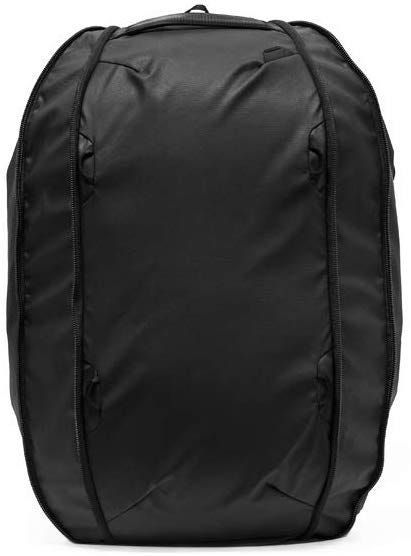
Peak Design Duffelpack 65L Bag
- Easy to haul serious amounts of gear
- Fills a role few other bags do
- All the usual Peak Design quality
- Has to be packed carefully
- Doesn't excel in any specific use case

